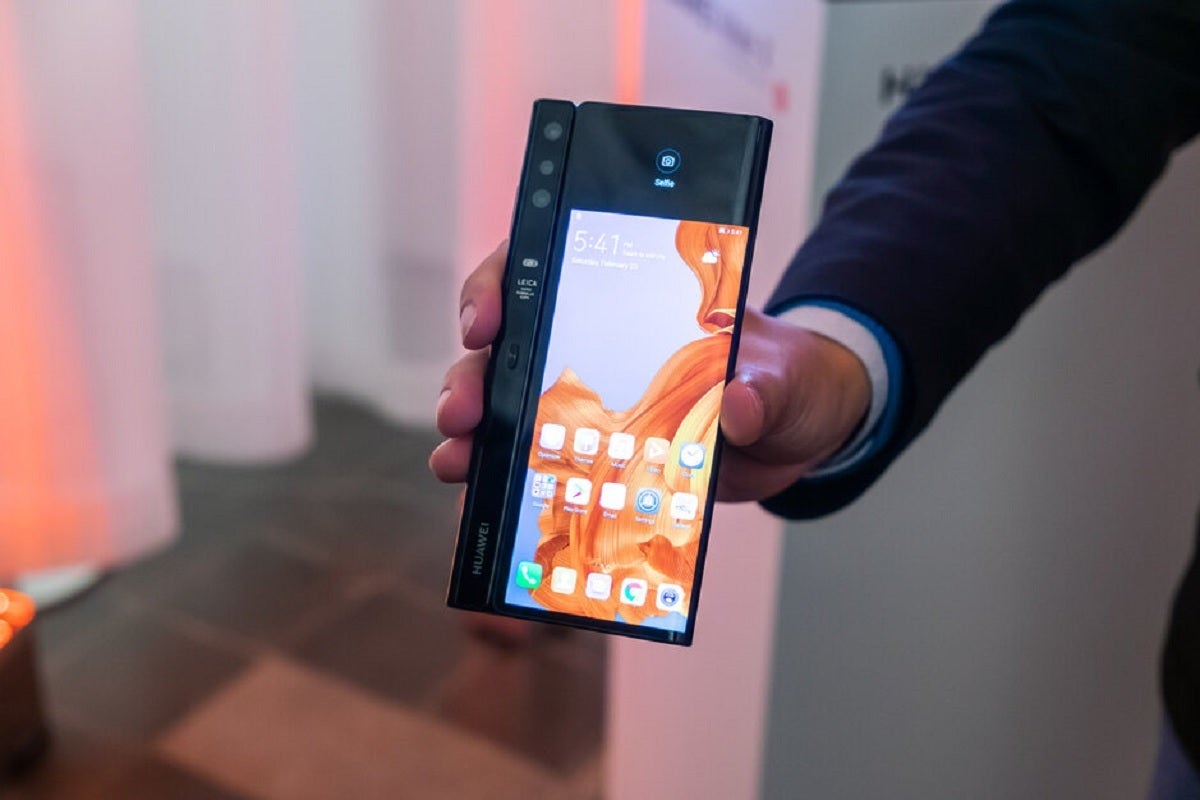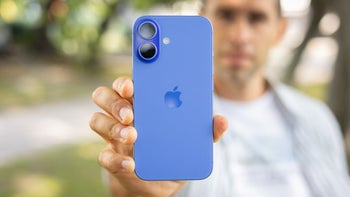Patent application reveals how Huawei will copy Samsung with the Mate X2

The foldable Huawei Mate X opens and closes around the vertical axis as the Samsung Galaxy Fold does. But unlike Sammy's model, the Mate X closes outward. That means it has a front and back display weighing in at 6.6-inches and 6.4-inches respectively. When the Mate X is open it forms an 8-inch tablet-sized screen with a nearly square resolution of 2200 x 2480. The next foldable from the world's second-largest phone manufacturer might be more like the Galaxy Fold with an inward folding design. According to a patent application (via 91 mobiles) that Huawei submitted to the European Union Intellectual Property Office (EUIPO), the company's second foldable will copy the Galaxy Fold's form factor.
The Huawei Mate X2 is expected to be released during the third quarter of 2020. Illustrations included with the patent application show a phone that looks similar to the Mate X but it apparently folds inward. There are two front-facing cameras and four cameras on the back for a total of six, two more than found on the Mate X. And based on the sketches, the Mate X2 will work with a pen/stylus. The phone will have corners that are slightly curved compared to the squared-off edges on the Mate X. Unlike the latter model, the display does not appear at all when the Mate X2 is closed. As a result, there will be a sidebar where the front-facing cameras will be mounted that includes a narrow screen for notifications and perhaps information including the date, time and weather. It also is the area of the phone where the stylus will be stored.
The Huawei Mate X2 will probably be powered by the 7nm Kirin 990 SoC
While the patent application didn't reveal any specs, we'd expect to see the Mate X2 powered by Huawei's current 7nm Kirin 990 SoC (the 5G version of which carries over 10.3 billion transistors). It probably will be released too early in the year to be equipped with the rumored 5nm Kirin 1020 chipset. The latter has yet to be announced and since it is expected to be manufactured by TSMC using the 5nm process node, it will be more powerful and energy-efficient than the Kirin 990. It also will be used to power Huawei's most technologically advanced phones of the year, the Mate 40 series (not expected until the fourth quarter of 2020). The currently available Mate X is powered by the Kirin 980 chipset and the refreshed version of the foldable, the Mate Xs, will have the Kirin 990 SoC under the hood.

The foldable Huawei Mate X
We wouldn't be surprised to find 12GB of memory on the Mate X2 as opposed to the 8GB offered on Huawei's current foldable. It remains to be seen whether Huawei will have a device that competes in the flip phone category similar to the Motorola razr and the Samsung Galaxy Z Flip. These two models, unlike the Mate X and Galaxy Fold, are designed to be extremely pocketable and flip open to reveal a tall and thin smartphone display measuring 6.2-inches (razr) or 6.7-inches (Z Flip). The Mate X, like the Galaxy Fold, starts as a smartphone and opens to become a tablet.
Earlier this month Huawei said that it has been selling 100,000 Mate X devices per month since its launch last November. At a price equivalent to approximately $2,450 USD, this would work out to sales of nearly half a billion dollars for the manufacturer. Meanwhile, Samsung said this month that it sold 400,000 to 500,000 units of the Galaxy Fold. That adds up to approximately $1 billion in revenue for the company.
If these sales figures are correct, the foldables category is off to a good start. And pre-order demand for the Motorola razr appears to be strong. For a smartphone market that has been struggling, foldable devices and the transition to 5G could give it a shot in the arm. Prices, though, will need to come down first.












Things that are NOT allowed: